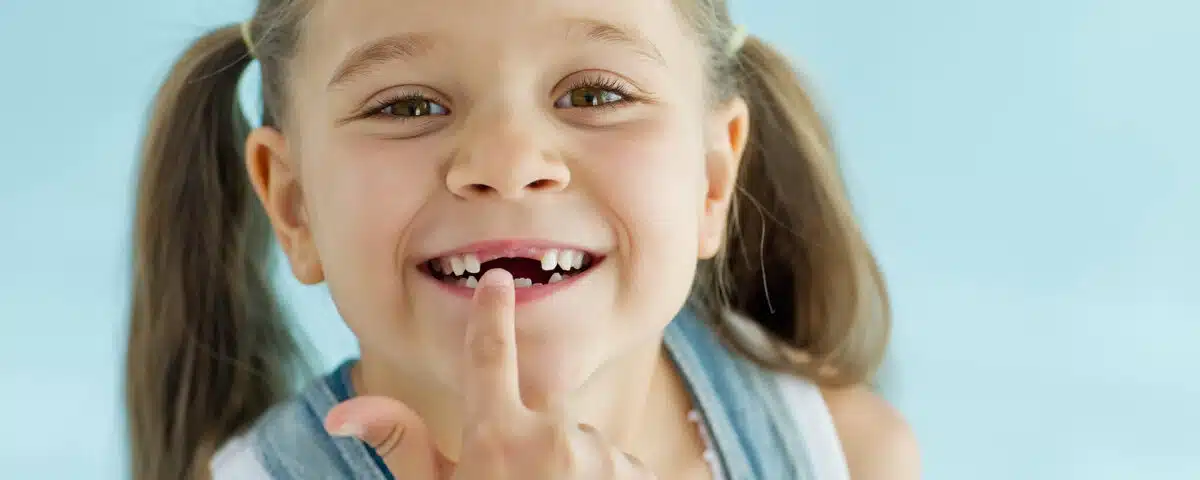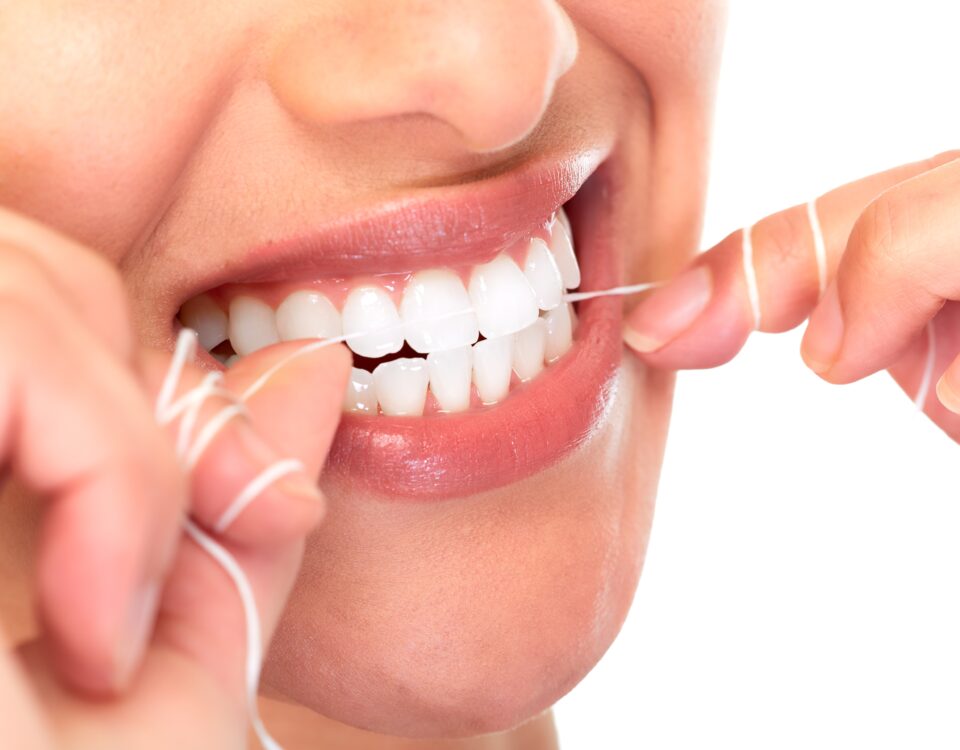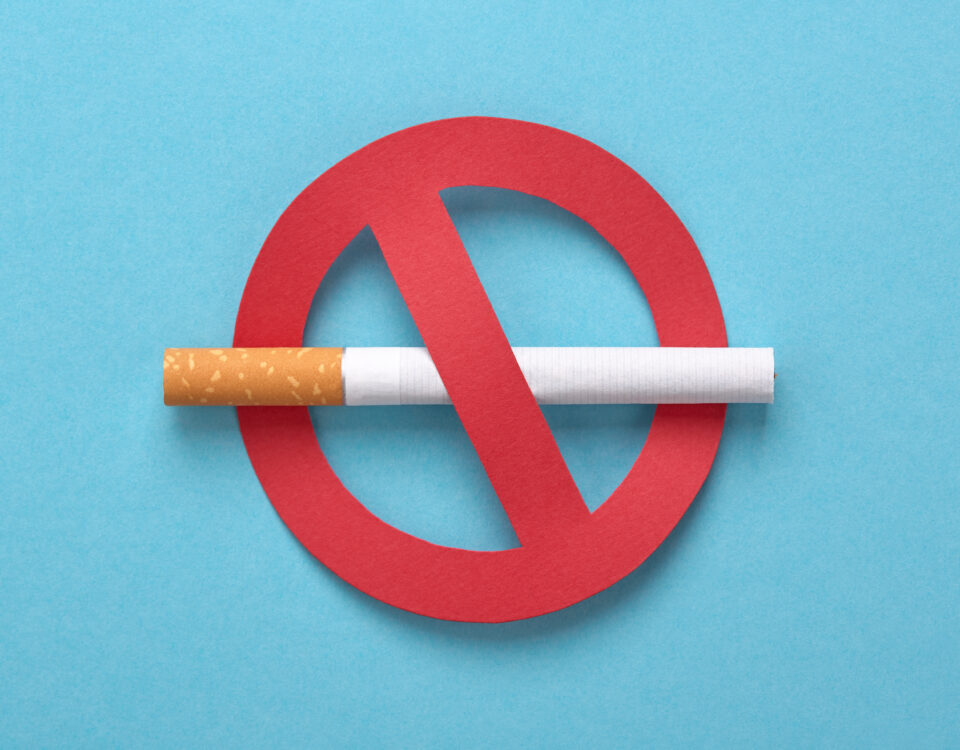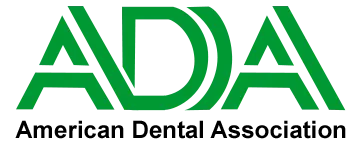Parents’ Guide to the Transition From Baby Teeth to Permanent Teeth

Summer Secrets to a Brighter Smile: Reduce Sugar Intake
May 18, 2023
What Your Gums and Teeth are Trying to Tell You About Your Health
June 2, 2023Parents’ Guide to the Transition From Baby Teeth to Permanent Teeth

As a parent, you know that nothing is more important than the health and wellbeing of your child. That’s why it’s essential to be well informed when it comes to major milestones, like the transition from baby teeth to permanent teeth. In this comprehensive guide, we will cover all the key elements parents need to know to ensure their child’s healthy development during the transition period. From understanding the timeline and what products are safe for use on baby teeth, to providing tips for preventing cavities, this guide will provide you with creative and helpful ideas for caring for your little one’s teeth.
When Do Baby Teeth Come In?
It’s important to be aware of the timeline for tooth emergence when it comes to baby teeth. Generally, the first set of baby teeth (also known as primary or deciduous teeth) appear between 6-10 months old. The lower central incisors are usually the first to appear, followed by the top two. From this point, the remainder of the baby teeth will usually start to emerge at a rate of 2-4 per month.
What Products Are Safe for Baby Teeth?
When it comes to oral hygiene products, parents should be mindful that not all toothpastes and cleaning methods are suitable for use on baby teeth. For example, fluoride toothpaste should not be used until a child is old enough to spit it out (i.e. 3 years old). Children under 3 should instead use a baby toothpaste that has no fluoride or other abrasive ingredients. Additionally, some parents opt for finger-brushes or soft toothbrushes with bristles to clean their infant’s teeth, as they are gentler than traditional toothbrushes.
Tips for Preventing Cavities in Baby Teeth
It’s important to take steps to minimize the risk of cavities in baby teeth, as this can have an effect on their permanent teeth later on. Here are a few tips parents can follow to reduce the risk of cavities in baby teeth:
- Start caring for your infant’s oral health by caring for their gums before teeth emerge
- Avoid sending your baby to bed with a bottle, as this could potentially lead to baby bottle tooth decay
- Brush twice a day using an appropriate toothpaste for infants
- Clean between teeth with dental floss or interdental brushes
- Use only water when giving your infant a drink at night-time
- Avoid sugary drinks and foods that can cause cavities
When Do Permanent Teeth Come In?
Permanent teeth are also known as adult teeth or secondary teeth. The permanent teeth start to develop in the jaws at birth and continue after a child is born. By about 21 years, the average person has 32 permanent teeth, including 16 in the upper jaw and 16 in the lower jaw. (In some cases, the third molars – commonly called wisdom teeth – do not develop or do not erupt so some people only have a set of 28 permanent teeth.)
At about the age of 6 years, the first permanent molar teeth erupt. These 4 molars (2 in each jaw) come out behind the child’s baby teeth. Other permanent teeth, such as the incisors, canines, and premolars, erupt into the gaps in the gum left by baby teeth that are lost.
The Ages
As with baby teeth, the timing for when the permanent teeth come through can differ. Generally, the order of and rough timeline for each type of permanent tooth is:
- First molars – between 6 and 7 years.
- Central incisors – between 6 and 8 years.
- Lateral incisors – between 7 and 8 years.
- Canine teeth – between 9 and 13 years.
- Premolars – between 9 and 13 years.
- Second molars – between 11 and 13 years.
- Third molars (wisdom teeth) – between the ages of 17 and 21 years, if at all.
Caring for Your Child’s Smile in Between Baby and Permanent Teeth
In the gap period between baby and permanent teeth, it’s important for parents to be mindful of any potential dental problems. Regular dental check-ups will help to identify any issues early on so that they can be treated if necessary. Additionally, make sure your child is eating a balanced diet and brushing twice a day with an appropriate toothpaste. Finally, if any signs of tooth decay or other dental issues arise, it’s important to contact a dentist as soon as possible for professional advice and treatment. With the right care and attention, your child can have a healthy smile from baby teeth through to permanent ones!
Make an Appointment with Mountain Aire Dentistry
At Mountain Aire Dentistry, we are committed to providing the best dental care for your entire family. We understand that making the transition from baby teeth to permanent teeth can be daunting, which is why our experienced team will be with you every step of the way. We offer a comprehensive range of services, from preventive care and hygiene to cosmetic dentistry and orthodontics. Contact us today to make an appointment for your child, so that we can help them have a healthy smile today and in the future.
When you visit our Broomfield dental office, your smile is our top priority. Our Dentists invite you to experience the difference a warm and caring team can provide for you and your family. Enjoy a unique and comfortable dental experience designed to bring a healthier and happier smile back into your life. We invite you to call or visit our Broomfield dental office and discover the exceptional difference we offer to those we serve.













